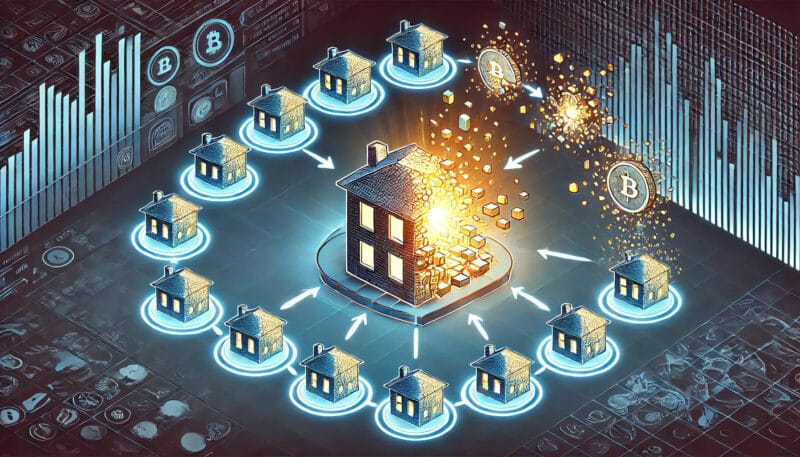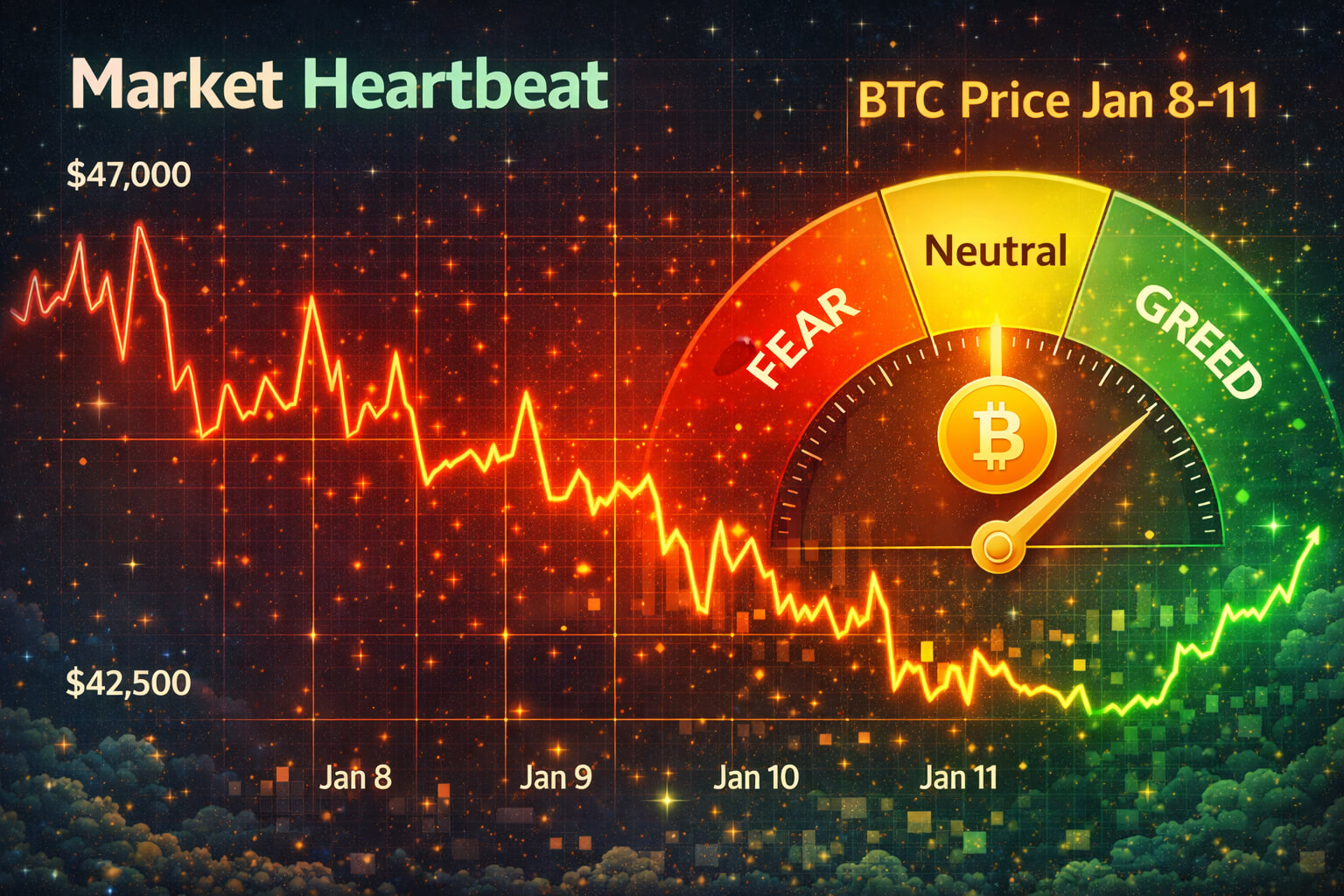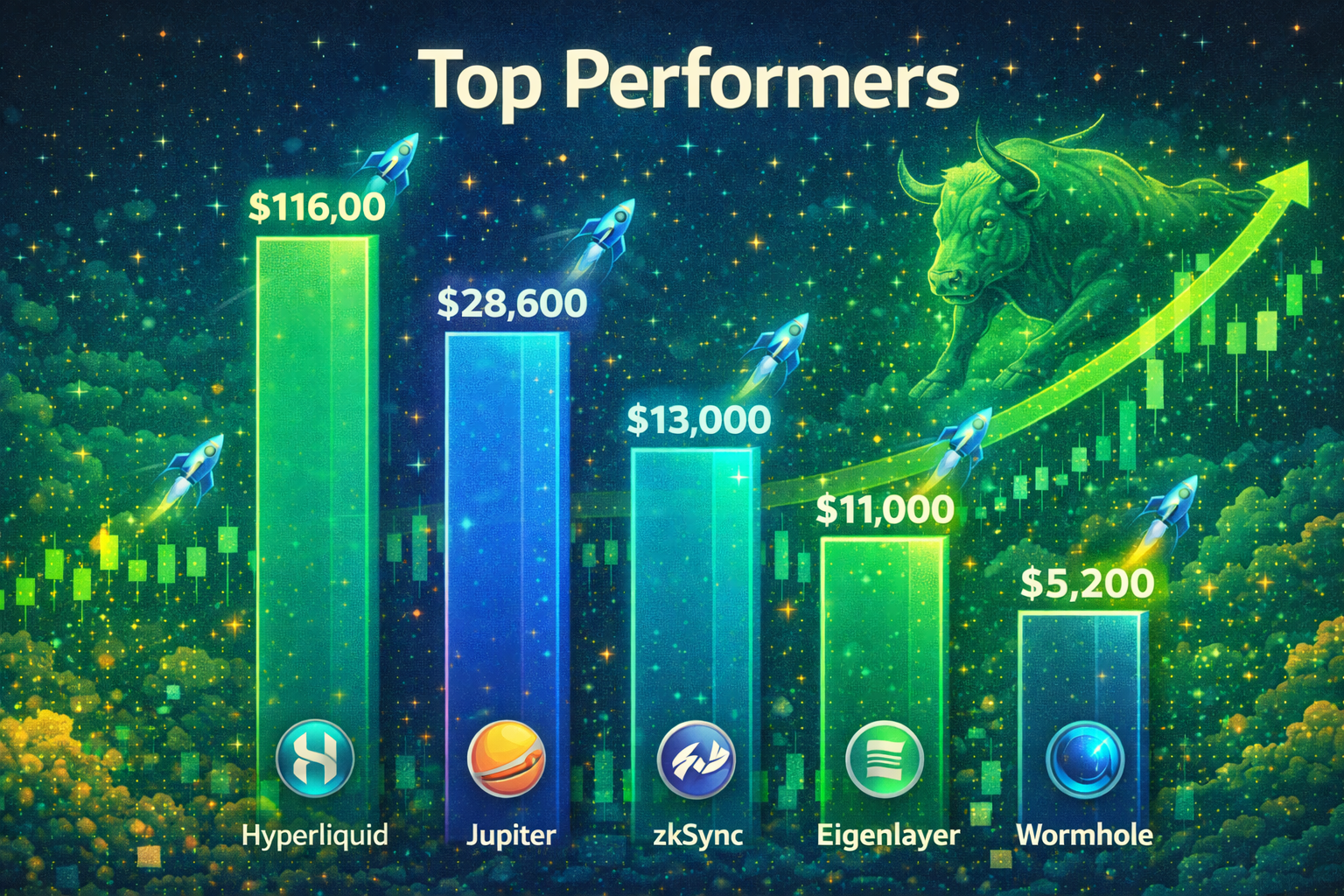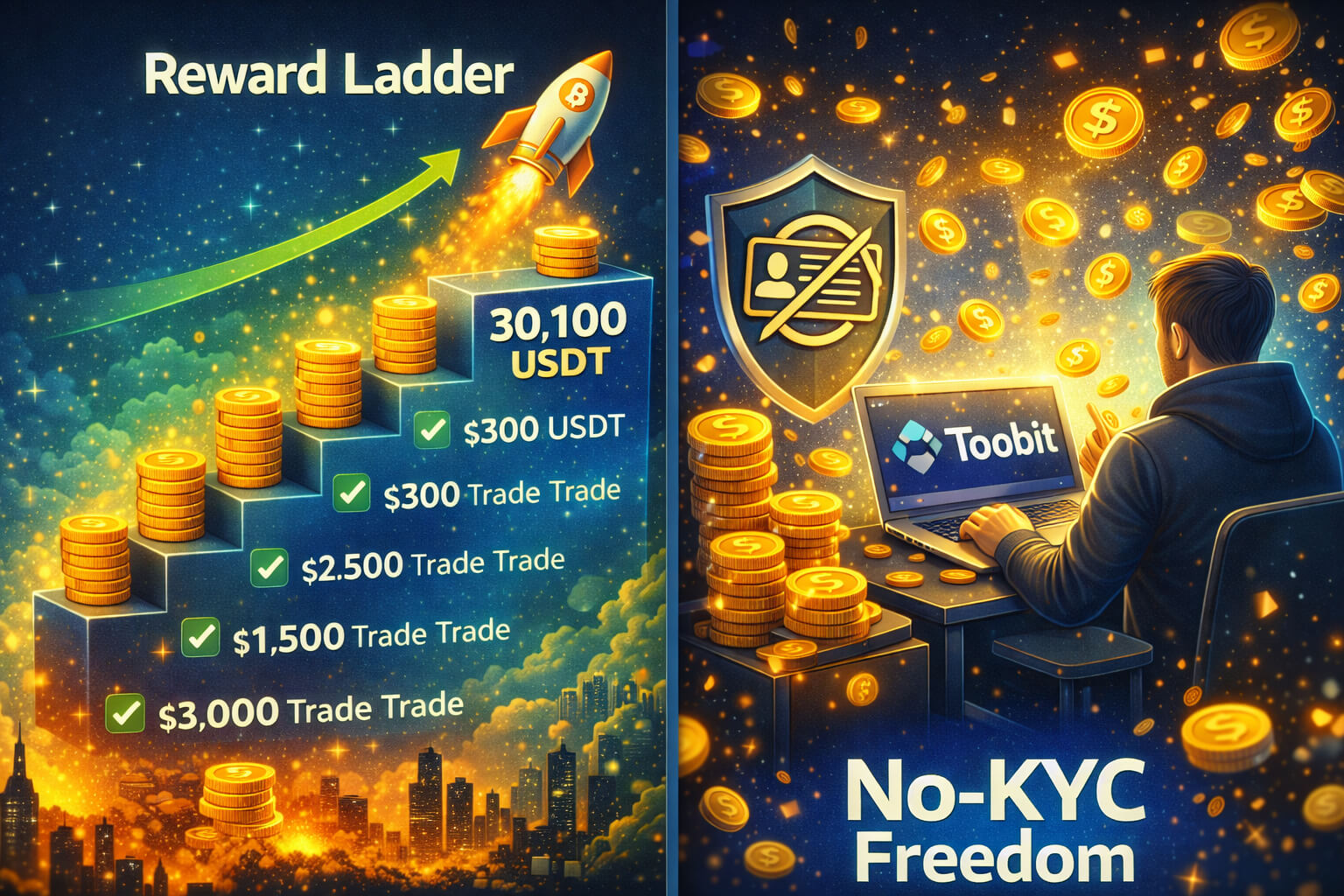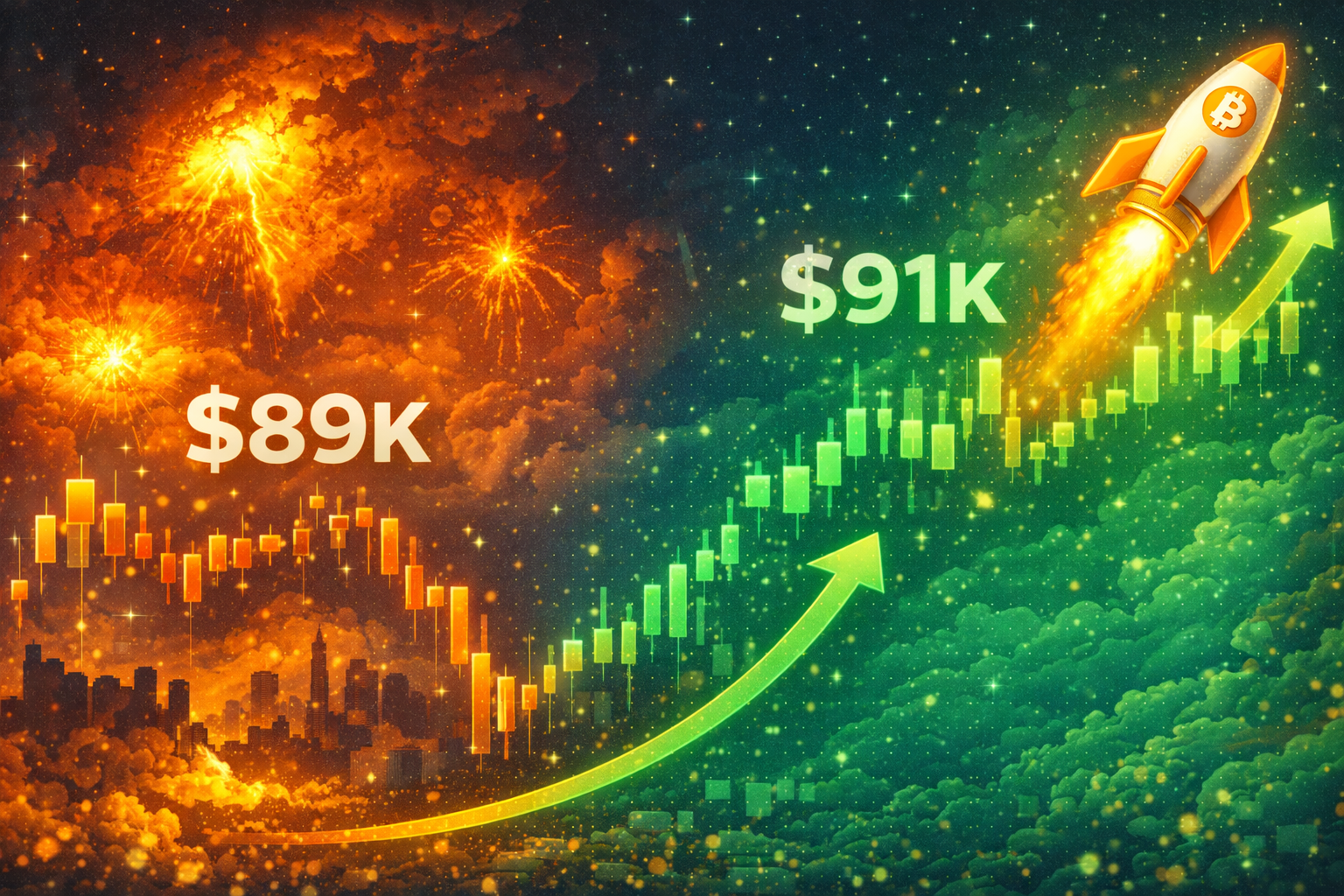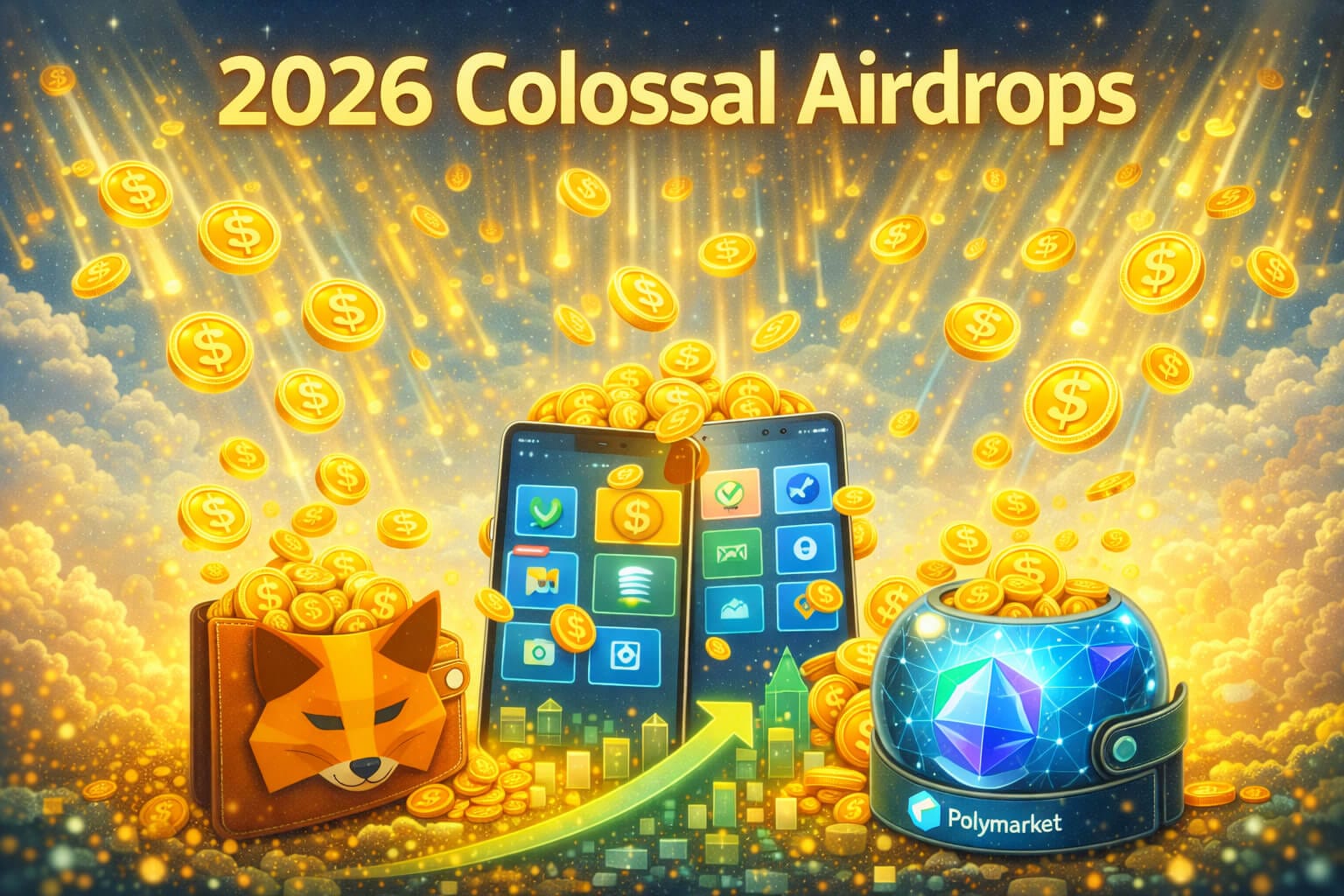1. Introduction: What is Asset Tokenization?
Asset tokenization transforms physical and digital assets into blockchain-based tokens, enabling a more flexible and secure method of investment and trading. These tokens represent ownership or a stake in an asset and can be traded, transferred, or sold on digital platforms. Tokenization democratizes access to assets, enhances liquidity, and introduces transparency to finance. This article delves into the process of tokenizing assets and explores the benefits it brings to investors, businesses, and the broader economy.
Why Tokenization Matters:
Tokenization allows investors to access and trade assets in a more flexible, secure, and efficient manner, fundamentally changing the landscape of asset management.
2. The Process of Tokenizing Assets
2.1 Asset Selection and Valuation
The tokenization process begins with selecting the asset to tokenize. This could be a physical asset like real estate, art, or commodities, or a digital asset like intellectual property or financial instruments. After selecting the asset, experts conduct a thorough valuation to determine its market value, which directly influences the value of the tokens created.
- Asset Types:
- Physical Assets: Real estate, precious metals, art, and collectibles.
- Digital Assets: Intellectual property, digital media, patents, and trademarks.
- Financial Instruments: Bonds, stocks, and derivatives.
2.2 Token Creation and Issuance
After valuing the asset, the next step involves creating digital tokens that represent ownership or a stake in the asset. Developers create these tokens on a blockchain platform using smart contracts, which automate and enforce the terms of the tokenization process. The number of tokens issued corresponds to the asset’s value, with each token representing a fraction of the total asset.
- Token Creation:
- Blockchain Platforms: Common platforms include Ethereum, Binance Smart Chain, and Polkadot.
- Smart Contracts: Code-based agreements govern the issuance, transfer, and management of tokens.
2.3 Token Offering and Distribution
Once developers create the tokens, they offer them to investors through various channels, such as initial token offerings (ITOs), security token offerings (STOs), or on digital asset exchanges. Investors can purchase these tokens, gaining fractional ownership of the asset. They can then trade the tokens on secondary markets, which provides liquidity to the asset.
- Token Distribution:
- Initial Token Offerings (ITOs): Public sales of newly created tokens.
- Security Token Offerings (STOs): Regulated token sales that comply with securities laws.
- Digital Exchanges: Platforms where tokens are bought, sold, and traded.
2.4 Ongoing Management and Compliance
After issuing and distributing the tokens, ongoing management becomes crucial. This phase includes maintaining the asset, ensuring regulatory compliance, and managing token holder rights. Blockchain technology plays a vital role here by providing a transparent and immutable record of all transactions, ensuring the asset remains secure and compliant.
- Ongoing Management:
- Asset Maintenance: Regular updates and audits of the underlying asset.
- Regulatory Compliance: Ensuring that all transactions adhere to relevant laws and regulations.
- Token Holder Rights: Managing voting rights, dividends, or other benefits associated with the tokens.
3. Benefits of Tokenizing Assets

3.1 Enhanced Liquidity
Asset tokenization significantly enhances liquidity. Traditional assets like real estate or fine art often remain illiquid, meaning they cannot be easily bought or sold. Tokenization breaks these assets down into smaller, tradable units, allowing investors to buy and sell fractions of the asset on digital platforms. This increased liquidity opens up new opportunities for investors and makes it easier to convert assets into cash.
- Liquidity Benefits:
- Fractional Ownership: Investors can buy and sell fractions of an asset, increasing market participation.
- Secondary Markets: Tokenized assets can be traded on secondary markets, providing continuous liquidity.
3.2 Increased Accessibility and Inclusion
Tokenization democratizes access to assets by lowering the barriers to entry. Traditional investments in assets like real estate or fine art often require substantial capital, making them accessible only to wealthy individuals or institutions. By tokenizing these assets, investors can purchase small fractions, making high-value assets accessible to a broader audience. This increased accessibility fosters greater financial inclusion and allows more people to participate in the market.
- Accessibility Benefits:
- Lower Investment Thresholds: Investors can start with smaller amounts, making high-value assets more accessible.
- Global Reach: Digital tokens can be bought and sold by investors worldwide, increasing market diversity.
3.3 Transparency and Security
Blockchain technology underpins the tokenization process, providing enhanced transparency and security. Every transaction involving a tokenized asset is recorded on an immutable blockchain ledger, making it easy to track ownership and verify transactions. This transparency reduces the risk of fraud and ensures that all parties involved have a clear understanding of the asset’s history and value.
- Transparency and Security Benefits:
- Immutable Records: Blockchain provides a permanent record of all transactions, enhancing trust and accountability.
- Fraud Reduction: The transparent nature of blockchain makes it difficult for unauthorized parties to alter records or commit fraud.
3.4 Cost Efficiency
Tokenization reduces the need for intermediaries, such as brokers, lawyers, or banks, which traditionally facilitate asset transactions. By automating processes with smart contracts and using blockchain technology, tokenization lowers transaction costs and speeds up the settlement process. This cost efficiency benefits both asset owners and investors by increasing returns and reducing overheads.
- Cost Efficiency Benefits:
- Reduced Intermediaries: Smart contracts automate processes, eliminating the need for middlemen.
- Faster Settlements: Blockchain enables quicker transaction settlements, reducing time and costs.
4. Challenges and Considerations in Asset Tokenization
4.1 Regulatory and Legal Challenges
Despite the numerous benefits, tokenizing assets presents significant regulatory and legal challenges. The regulatory environment for tokenized assets varies by jurisdiction, and many countries have yet to establish clear guidelines on how these assets should be treated. Ensuring compliance with securities laws, tax regulations, and property laws can be complex and costly.
- Regulatory Challenges:
- Jurisdictional Differences: Different countries have different regulations, making it challenging to navigate the global market for tokenized assets.
- Compliance Costs: Ensuring compliance with various regulations can be expensive and time-consuming.
4.2 Technological and Security Risks
While blockchain technology provides enhanced security, it is not without risks. Smart contract vulnerabilities, hacking, and technological failures could pose significant risks to tokenized assets. Therefore, developers must ensure that the underlying technology remains robust and secure to protect investors and maintain trust in the system.
- Technological Challenges:
- Smart Contract Vulnerabilities: Errors in smart contract code could lead to unintended consequences, such as loss of funds.
- Cybersecurity Threats: Tokenized assets and platforms may be targets for hackers, necessitating strong security measures.
5. The Future of Asset Tokenization
5.1 Growing Adoption and Market Expansion
As awareness of asset tokenization grows, and regulatory frameworks become clearer, the market for tokenized assets will likely expand. More platforms and exchanges are expected to emerge, providing investors with greater access to tokenized assets. Additionally, institutional investors may begin to explore tokenization as a way to diversify their portfolios and increase liquidity.
- Market Expansion:
- New Platforms: The development of more platforms and exchanges will make it easier for investors to access and trade tokenized assets.
- Institutional Interest: As the market matures, institutional investors may begin to view tokenized assets as a viable investment option.
5.2 Integration with Decentralized Finance (DeFi)
Tokenized assets could play a significant role in the growing decentralized finance (DeFi) ecosystem. DeFi platforms enable users to lend, borrow, and trade digital assets without relying on traditional financial intermediaries. By integrating tokenized assets into DeFi platforms, investors could use their tokens as collateral for loans, trade them on decentralized exchanges, or participate in yield farming.
- DeFi Integration:
- Collateral for Loans: Investors could use tokenized assets as collateral for DeFi loans, providing them with additional liquidity.
- Decentralized Trading: Tokenized assets could be traded on decentralized exchanges, increasing accessibility and liquidity.
5.3 Innovations in Smart Contracts and Blockchain Technology
Ongoing innovations in smart contracts and blockchain technology will likely play a critical role in the future of asset tokenization. Improvements in scalability, security, and interoperability could address many of the current challenges, making it easier and safer to tokenize and trade assets.
- Technological Advancements:
- Improved Scalability: Enhancements in blockchain scalability will allow for more efficient processing of transactions and greater adoption of tokenized assets.
- Enhanced Security: Ongoing developments in cybersecurity and smart contract auditing will reduce the risks associated with tokenized assets.
Conclusion: The Transformative Potential of Asset Tokenization
Asset tokenization is poised to revolutionize the way we invest and trade by making assets more accessible, liquid, and secure. While challenges remain, including regulatory hurdles and technological risks, the benefits of tokenization are too significant to ignore. As the market matures and awareness grows, tokenized assets could become a mainstream investment option, fundamentally changing how we interact with the global economy.
For more insights and detailed analysis on the future of asset investment, explore our Blockchain and Investment section.
Stay Updated
For the latest updates on how blockchain is transforming asset investment, follow us on:
Stay informed with the latest strategies and insights in the world of blockchain at FreeCoins24.io.
Special Offer
Looking to explore asset tokenization opportunities? Sign up on Bybit today and take advantage of up to $30,000 in deposit bonuses. Trade securely on a leading platform as blockchain revolutionizes asset investment.


